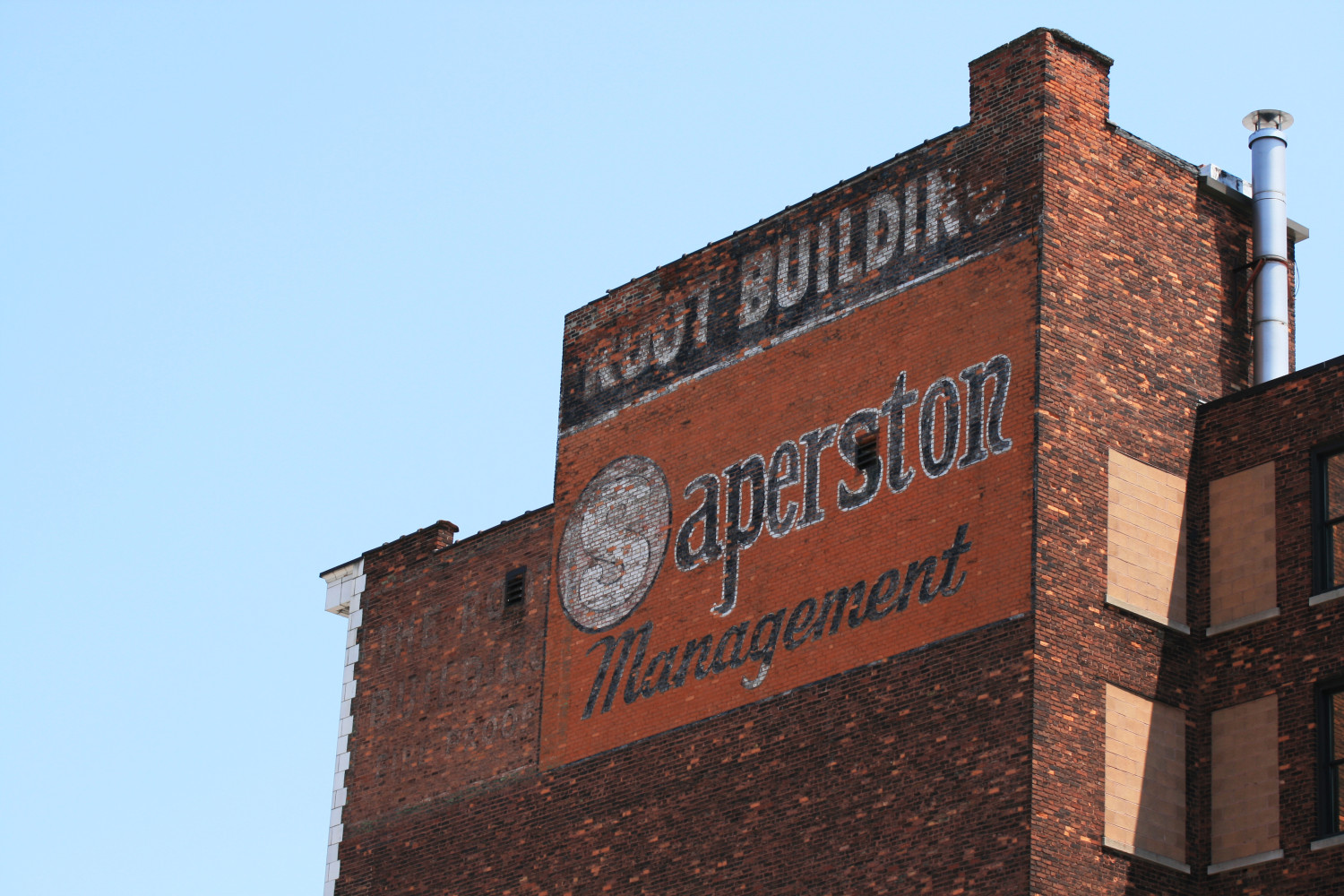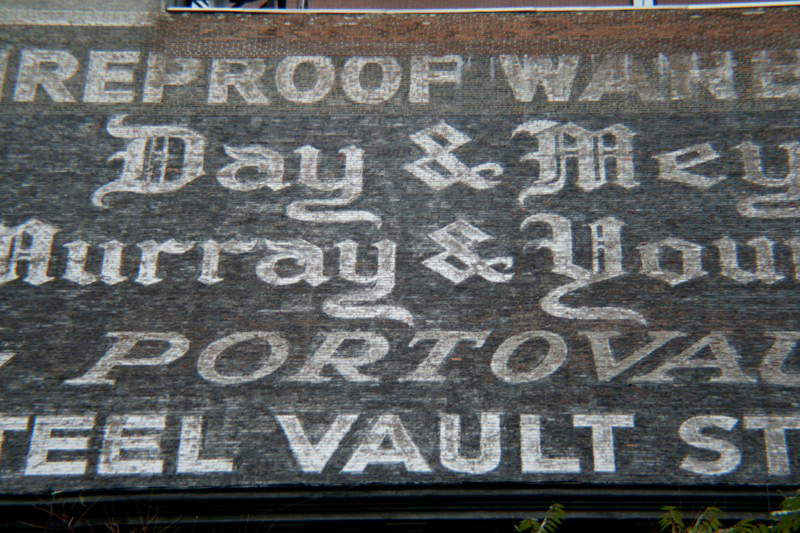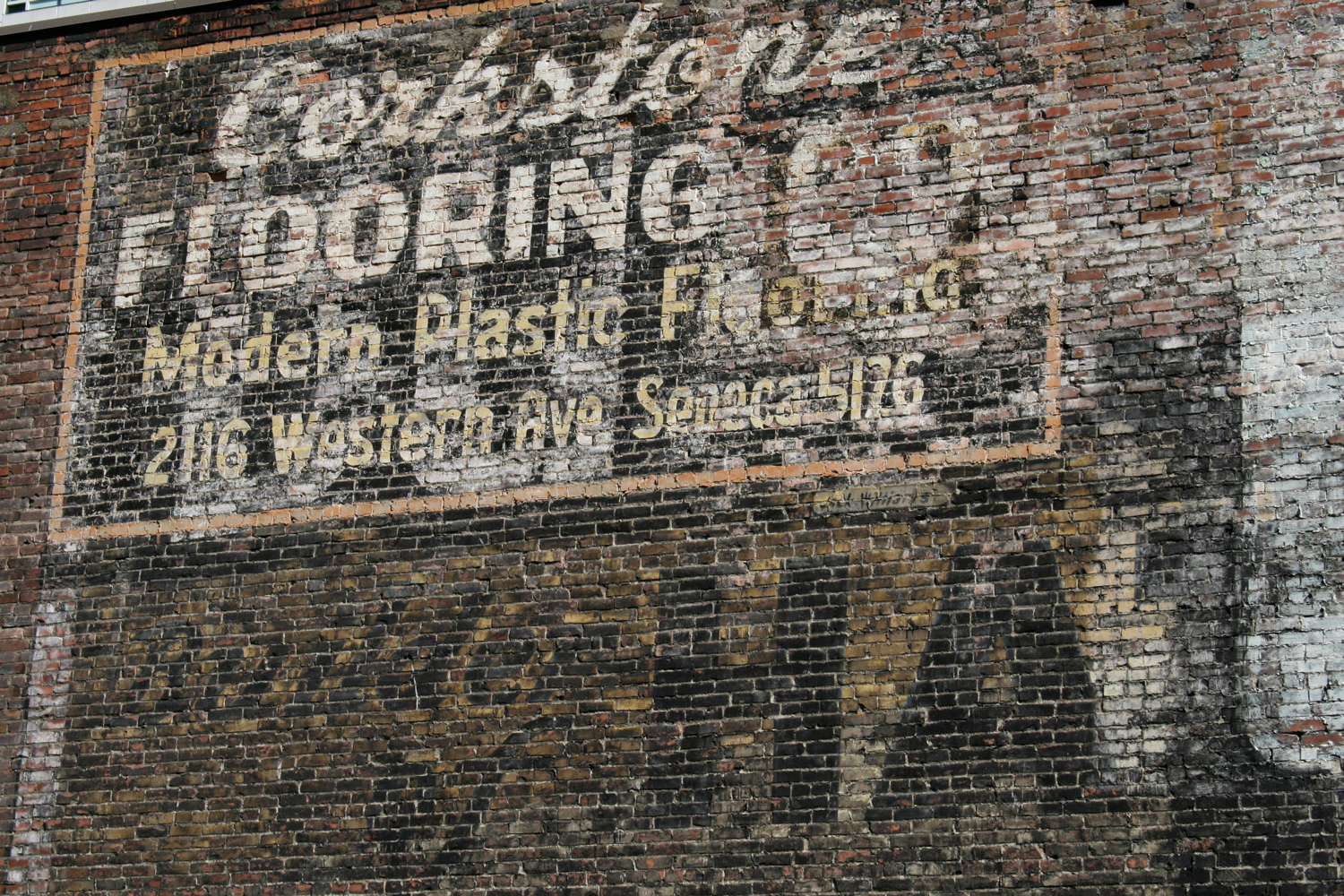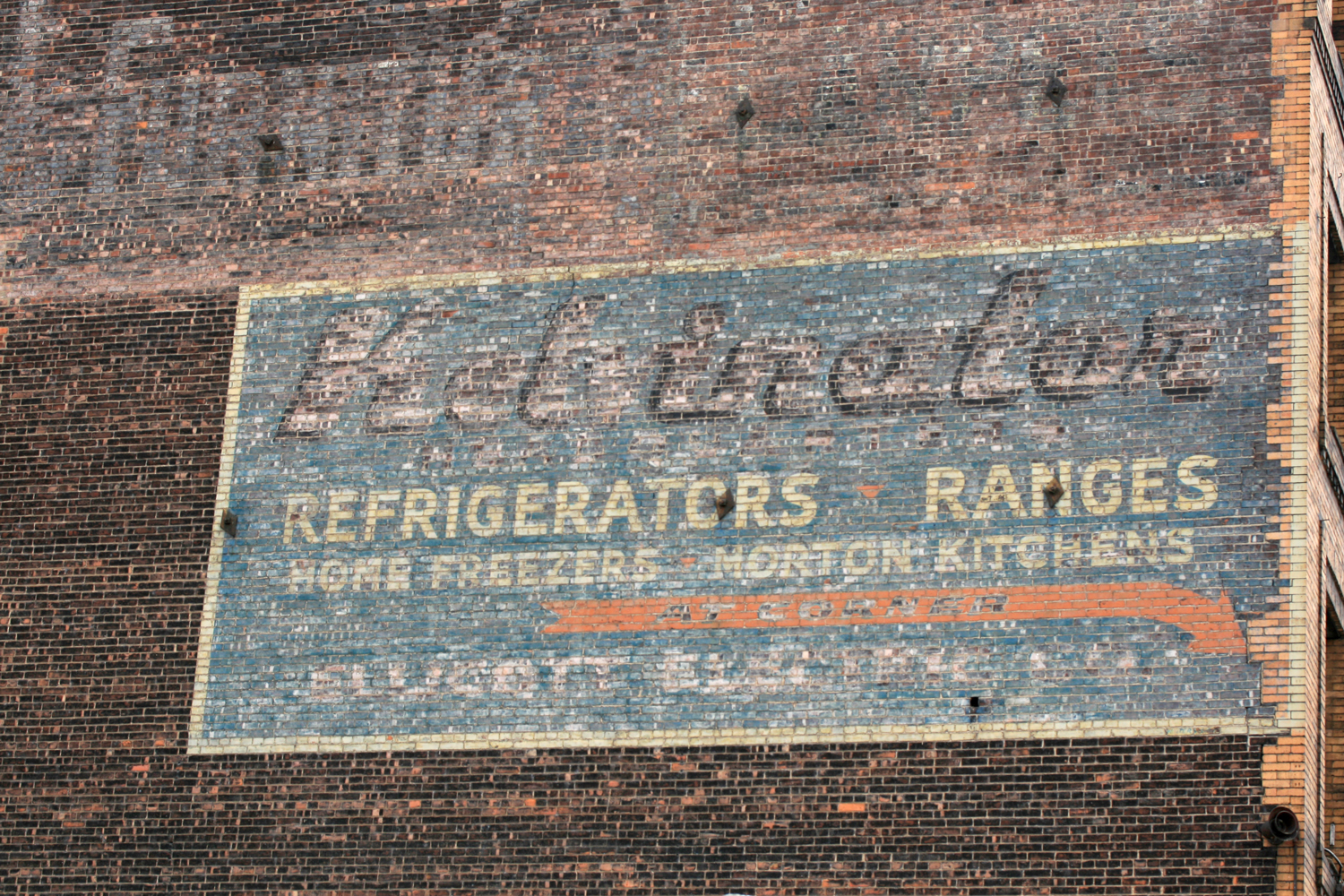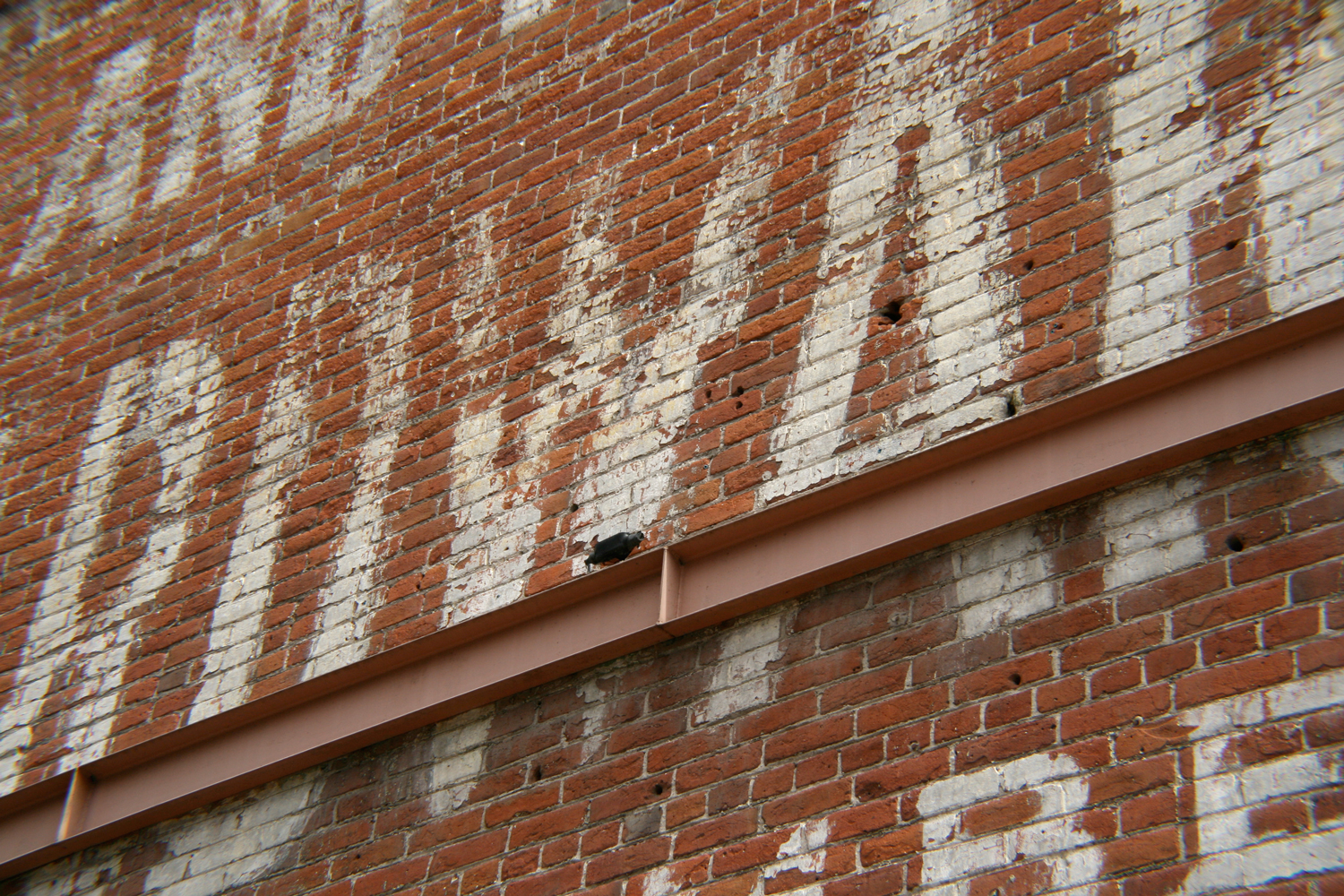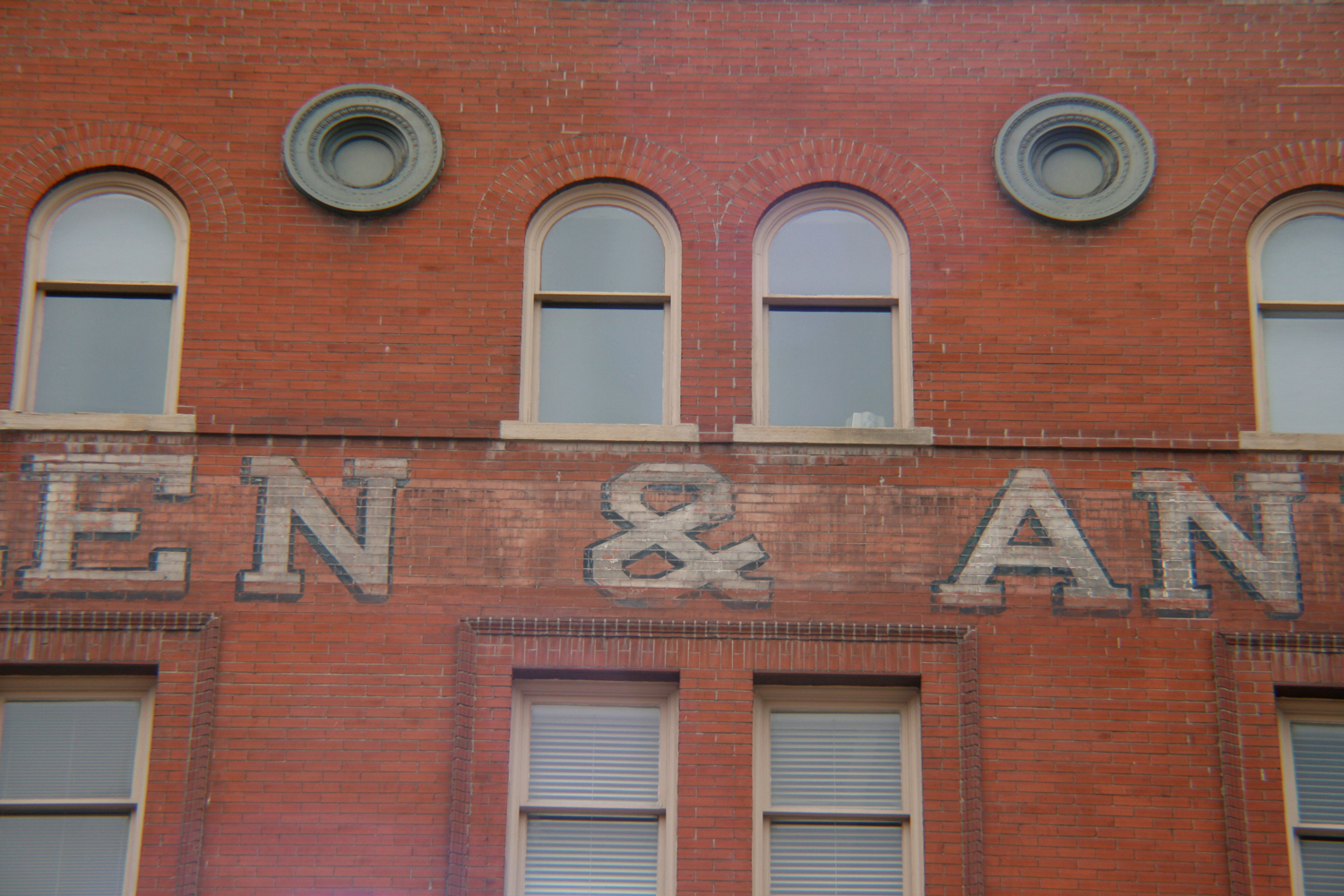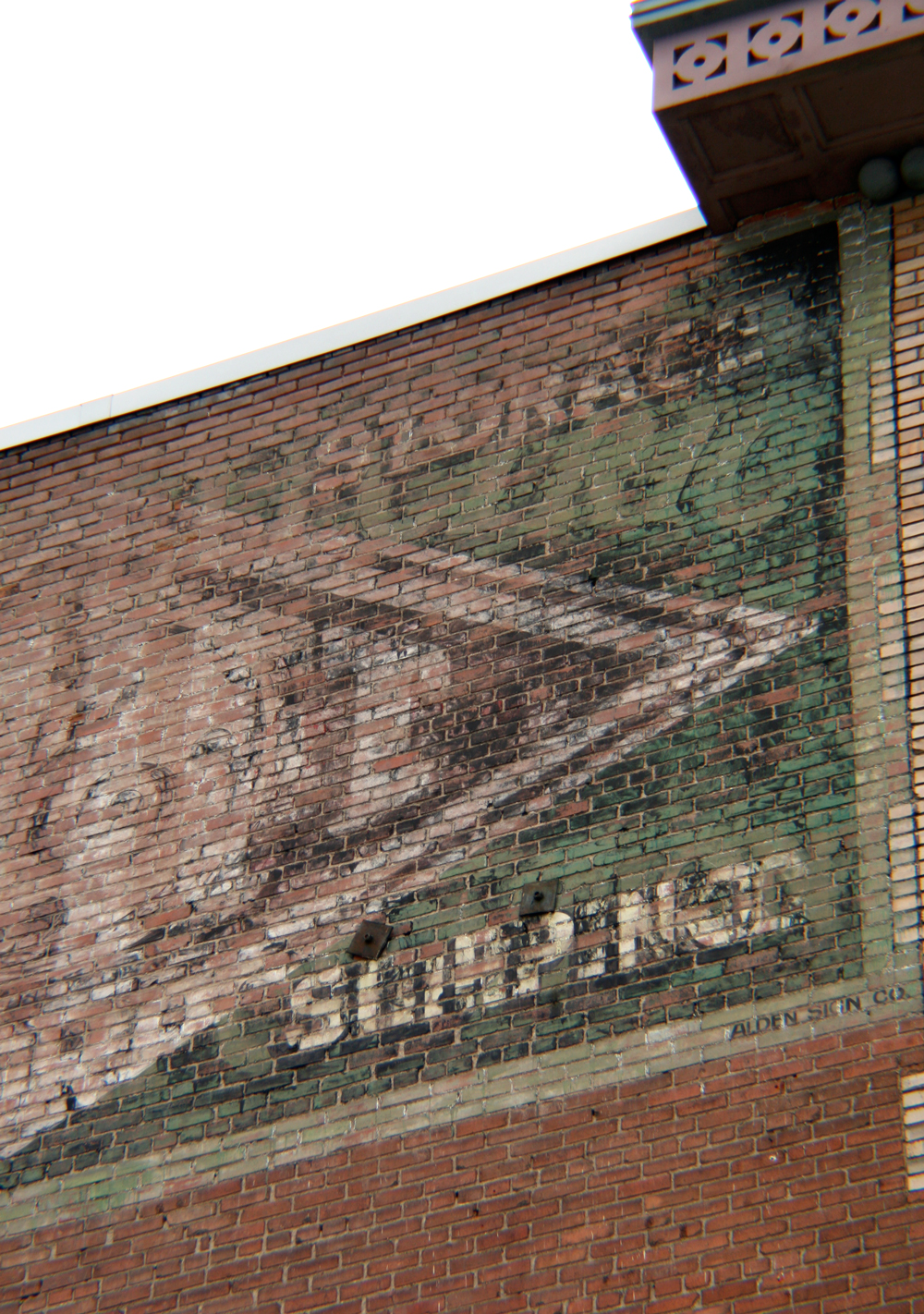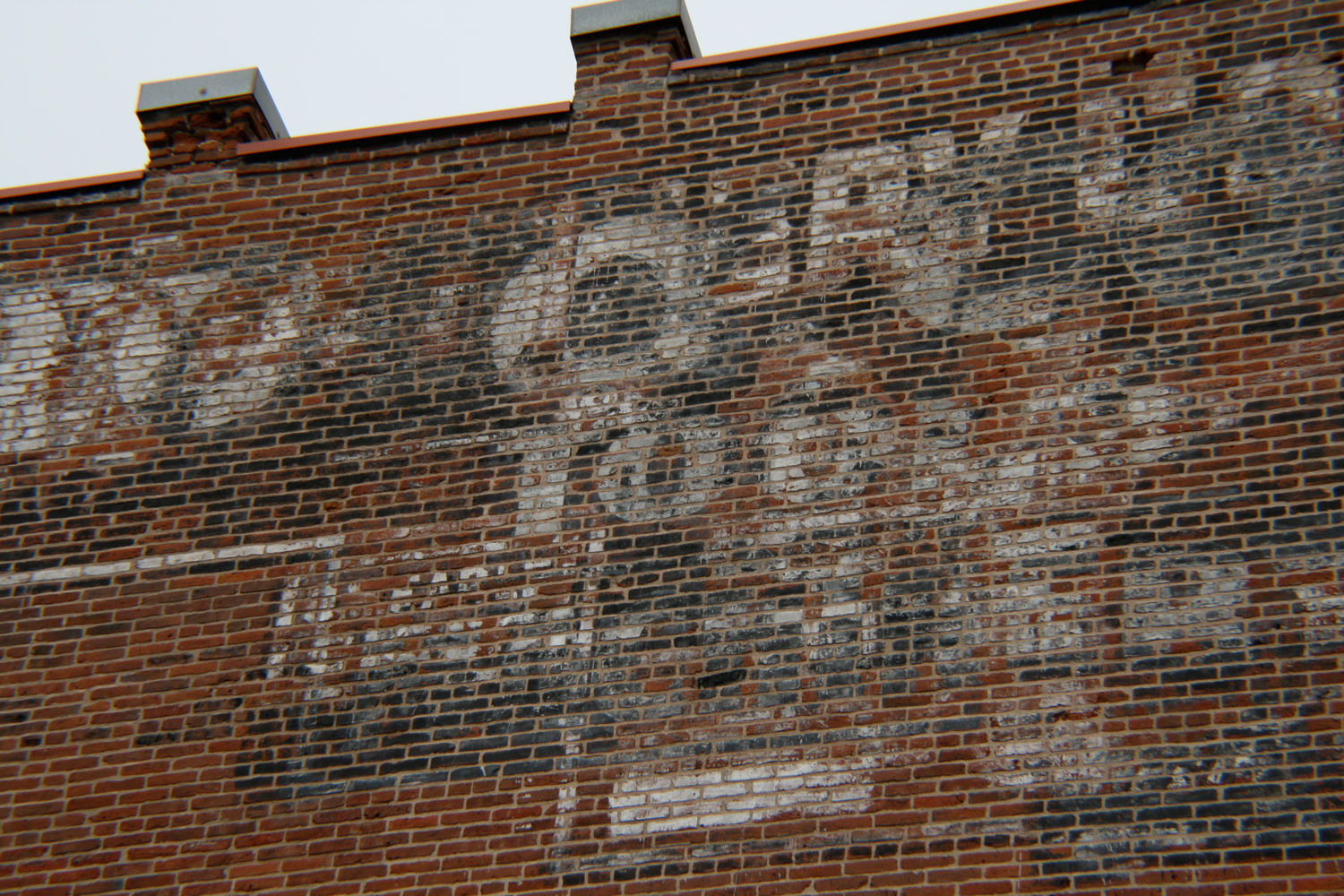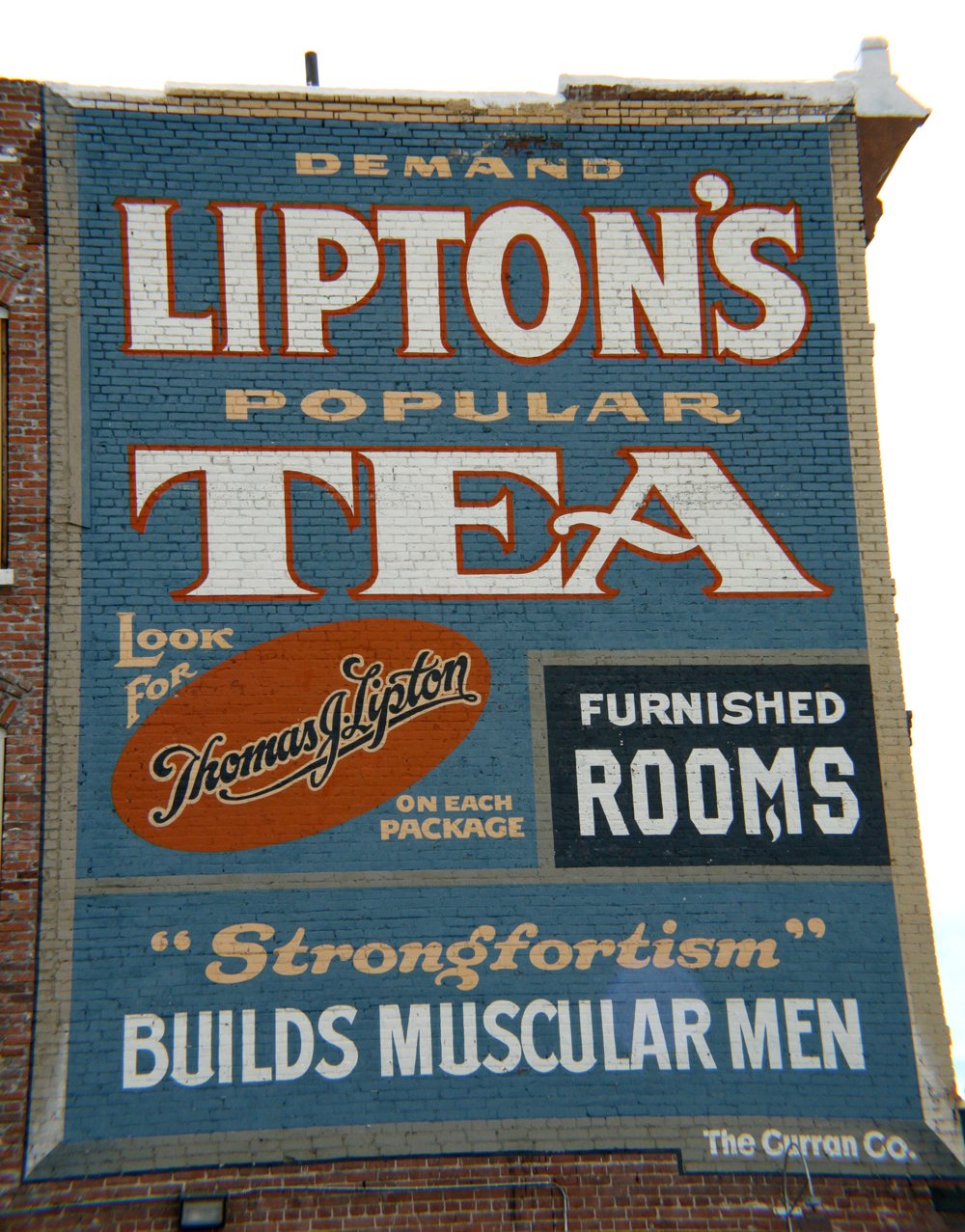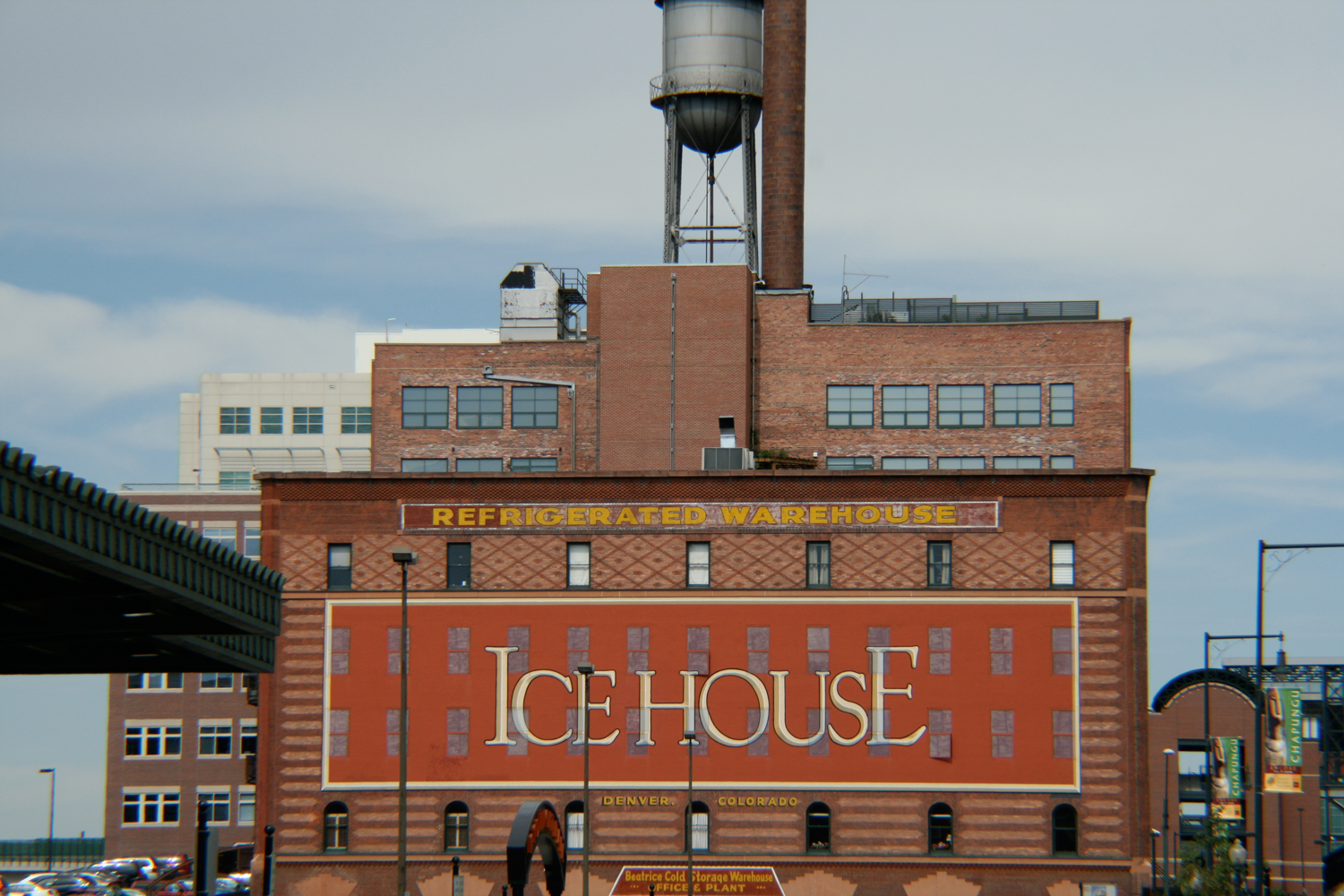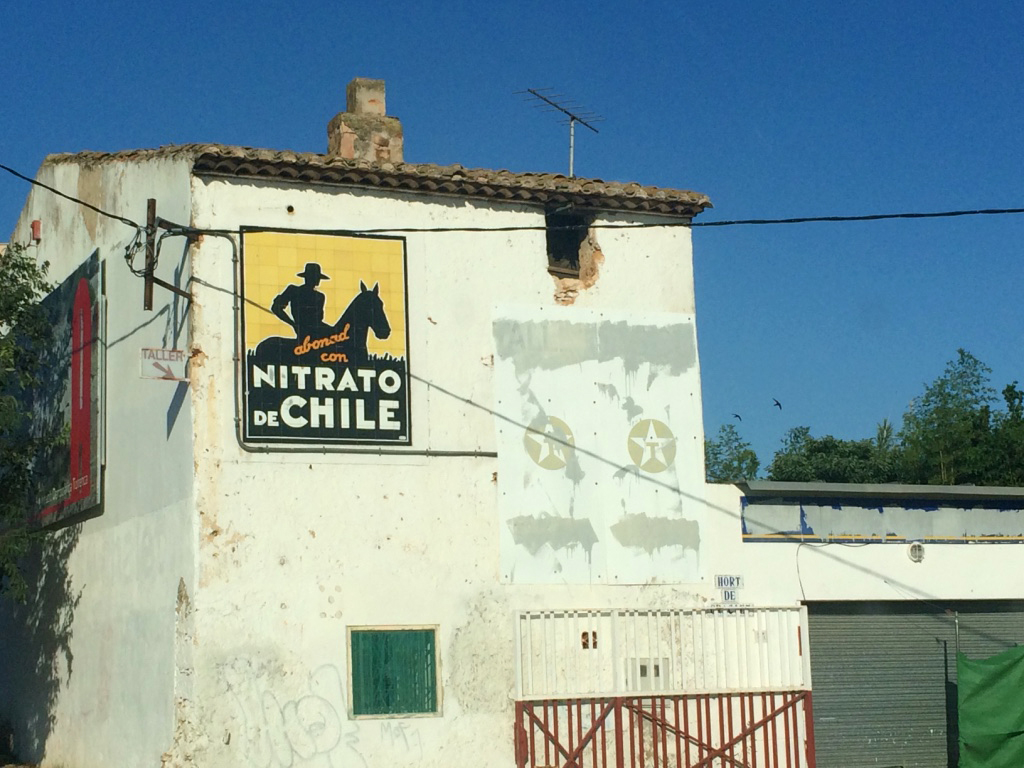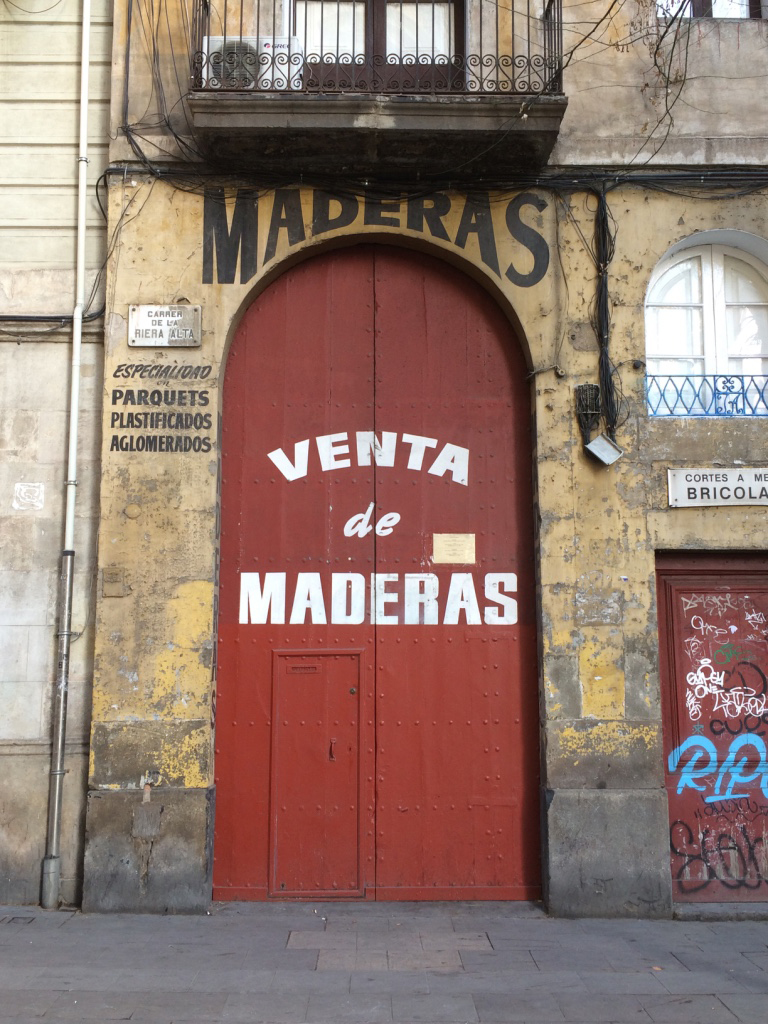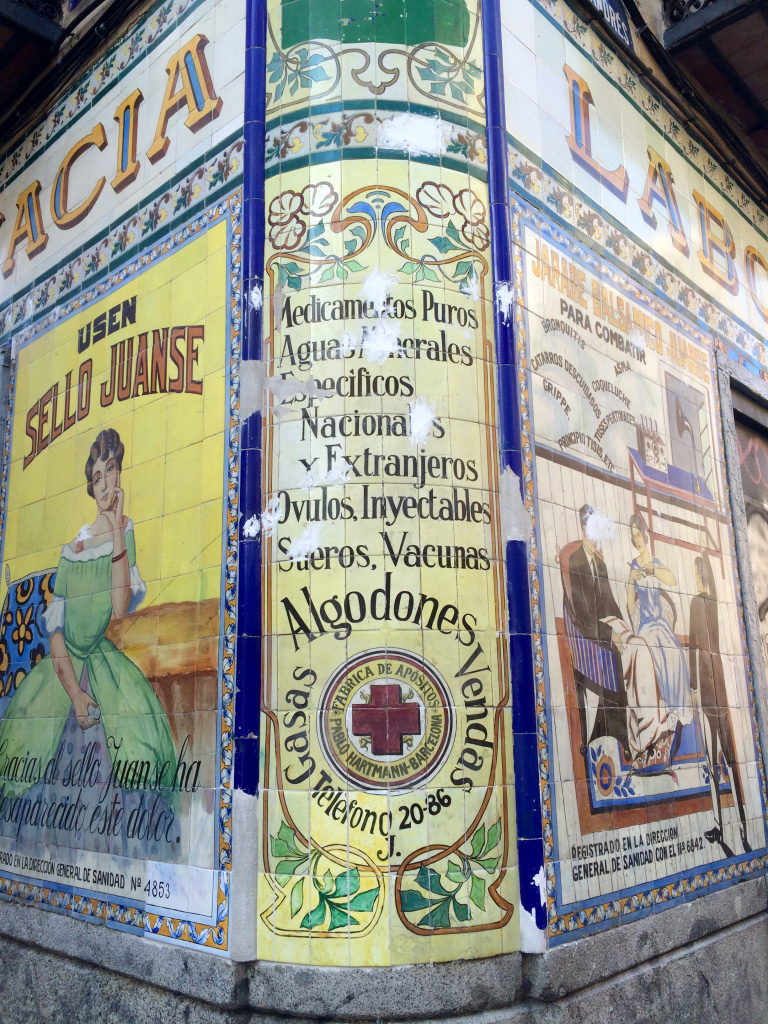Loving might be a too strong word for my fascination with so-called ghost signs, but I do feel strangely attracted to them. It was probably in England where I came across ghost signs for the first time, but it was only when I moved to the USA that I started photographing them.
Back then pretty much anything related to type and lettering was interesting to me, but I had no idea that these remnants from the past would have such a fan following. An internet search spits out a variety of blogs, articles, image galleries and forums where ‘epigraphophiles’ share their enthusiasm for these once popular giants of the urban landscape. The tradition of hand painted signs has been mainly observed in the USA, UK, Canada and France where several projects are underway to preserve and rehabilitate ghost signs as important part of commercial history.
Their golden age was in the late 19th century during the increased demand for advertising of competing commercial products. The big, otherwise empty, brick-wall facades of commercial buildings were a perfect canvas to capture the public. Big clunky slab serifs, heavy grotesques and the occasional informal script advertised goods & wares such as refrigerators, cigarettes, clothing and soda pop. Sometimes an illustration adorned the sign as well.
The painters where called ‘wall dogs’ who used oil-based house paints, often containing lead, which makes the paint last longer and adhere better to the brick surface.
Sign painting lost its popularity in 1950/60s, when big billboards, neon signs and later vinyl came into fashion. They were faster and cheaper to produce.
However, hand painting on buildings is experiencing a revival. New York based Colossal Media, a team of dedicated wall dogs, is responsible for this resurrection. They are using pretty much the same methods as in the old days. The client supplies the image which is then scaled up to the to-be-painted size and tiled into several more manageable segments. The image is outlined and then ‘pounced’ with a special device, an electric pen that burns holes into the paper while tracing the outlines of the image. These paper templates are then placed on the wall area starting with the top corner. They are pounced again with coloured chalk dust leaving the outline image on the wall, which then can be painted.
https://vimeo.com/10562000
Probably one of the most intriguing aspects of ghost signs is their charm of nostalgia, the hints they give us about how the neighbourhood used to be or about the provenance of the building. They trigger our imagination and curiosity waving to us from their past glory.
I encourage you to browse through the vast image galleries and get enchanted by the mysteries of the past.
Ecclesiastical and heritage world
Ghost signs UK
History of Advertising Trust

